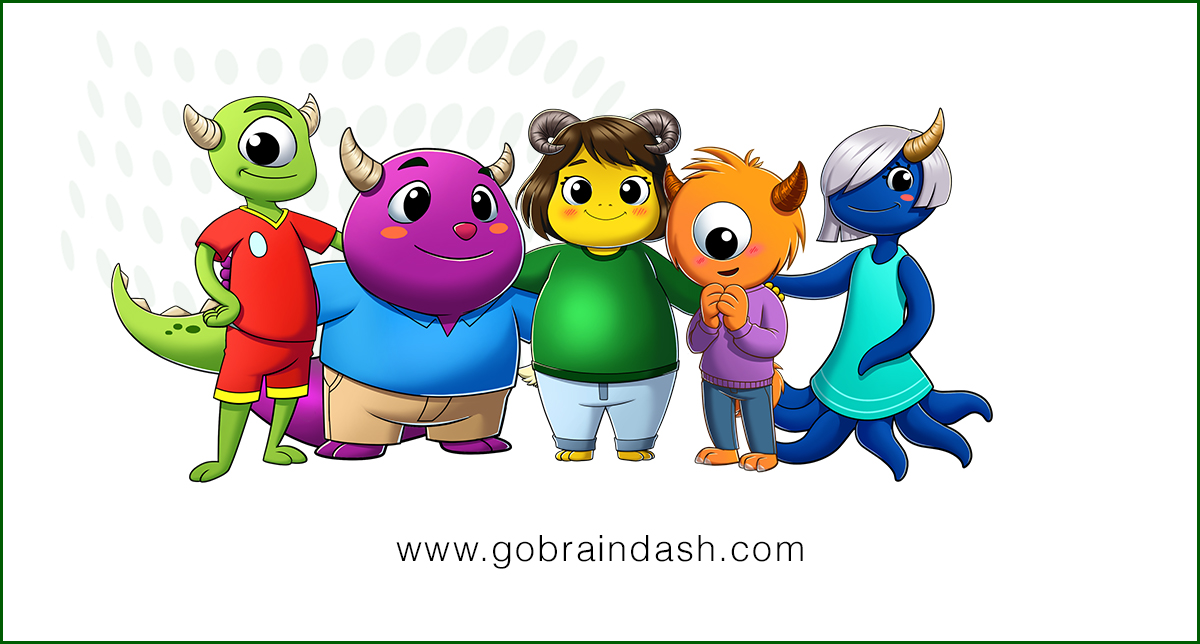The One Principle That Separates Safe AI from Dangerous AI in Mental Health Care
The rise of AI-powered tools in mental health is accelerating. From chatbots posing as therapists to risk detection apps in schools and workplaces,...
The Stanford Accelerator for Learning recently released a white paper that cuts through the noise: AI + Learning Differences: Designing a Future with No Boundaries (PDF).
We applaud it.
This isn’t just another academic take on AI in schools. It’s a bold, human-centered vision for how technology can help students who are too often overlooked.
If we get it right.
At Ceresant SolutionsTM, this isn’t theory. It’s what we’re building every day into BrainDashTM.
We identified four themes from the paper that directly reflect the real-world innovation occurring in our work with schools.
“Providing students what they need is not an edge. It’s just learning.”
— Barbara Pape
Stanford’s white paper urges developers and school leaders to build for the full spectrum of learner variability—not just those in the middle of the bell curve. The “edges” refer to students with ADHD, trauma, complex home lives, multilingual identities, or learning profiles that don’t fit the mold. These are not niche exceptions. They are central to the real population that schools serve.
How we reflect this:
BrainDash was designed from day one to serve these students. Instead of assuming standard needs, we collect real-time signals from learners and school systems—not just test scores—to build an individualized profile. Our daily wellness indicators elevate students who might otherwise fall through the cracks. This is how you design for the edges: you ensure the system recognizes them.
“By embracing an understanding that each learner presents a unique reservoir of skill sets and challenges, [AI] informs design and results in different decisions on how to create optimal environments to support learning.”
— Barbara Pape
The paper emphasizes that AI’s real promise lies in its ability to personalize instruction, interventions, and support based on the learner’s needs in real time. This is not just about adapting lessons. It’s about responding to emotional and behavioral signals with the right kind of care.
How we reflect this:
BrainDash integrates three layers of personalized insight:
Baseline risk assessment (1x/semester): covering mood, anxiety, sleep, exercise, nutrition, and satisfaction.
Biweekly stress and coping monitoring: identifying stress overload or resilience gaps.
Daily functioning observations: Avatar-driven mood checks on energy, rest, social connection, and participation.
The result is a holistic, personalized Brain Wellness Index that reflects the student’s lived experience—not just a diagnostic snapshot.
“Artificial intelligence offers opportunities to identify learning differences at an earlier age and with more accuracy… AI-powered tools can integrate daily screenings… and serve as an early detection tool without additional burdens on students or teachers.”
— Chapter 4, AI in Needs Identification and Mediation Design
Stanford is clear: AI can catch problems sooner.
But only if we resist the urge to label or track students into rigid categories. The goal is to act early, without pathologizing. That means looking for signs of distress and strain before symptoms manifest.
How we reflect this:
BrainDash was built as a risk prevention platform, not a diagnosis engine. Our system identifies modifiable factors. These are the early signs of strain that, when addressed promptly, can alter a student’s path. We use clinically validated screeners, but we don’t assign clinical labels. We equip counselors and teachers with a radar system, not a medical chart.
This means schools can act proactively, without fear of mislabeling or overstepping their role.
“Creating ample space at the table for multiple voices to be heard is crucial.”
— Chapter 1, Ensuring Co-Design and Collaboration
Stanford stresses the importance of co-design with lived experience. Not just involving educators or students as testers, but as co-creators. That includes parents, neurodivergent learners, and school leaders who carry the weight of implementation.
How we reflect this:
BrainDash is being built in partnership with the schools who will use it. Through our partnership with the Virginia Association of Independent Schools (VAIS), we’ve engaged directly with heads of school and counselors to shape platform features, onboarding workflows, and reporting outputs.
A clear sense of ethical responsibility also guides us. Student mental health data must be handled with privacy, purpose, and transparency. We do not score or sort students—we surface patterns that educators can act on. Co-design for us means building trust, minimizing burden, and maximizing clarity for those on the front lines.
Stanford laid out a powerful vision. We’re here to make it real.
AI can help schools shift from reactive care to proactive support. But only if we center the student, empower the educator, and design for the real world.
That’s what BrainDash was built to do.

The rise of AI-powered tools in mental health is accelerating. From chatbots posing as therapists to risk detection apps in schools and workplaces,...

Why our thinking is broken, and how schools can build a more intelligent system.

The Moment That Matters A seventh grader opens BrainDashTM on her school device. A bright orange monster pops up on screen with a quick, friendly...
